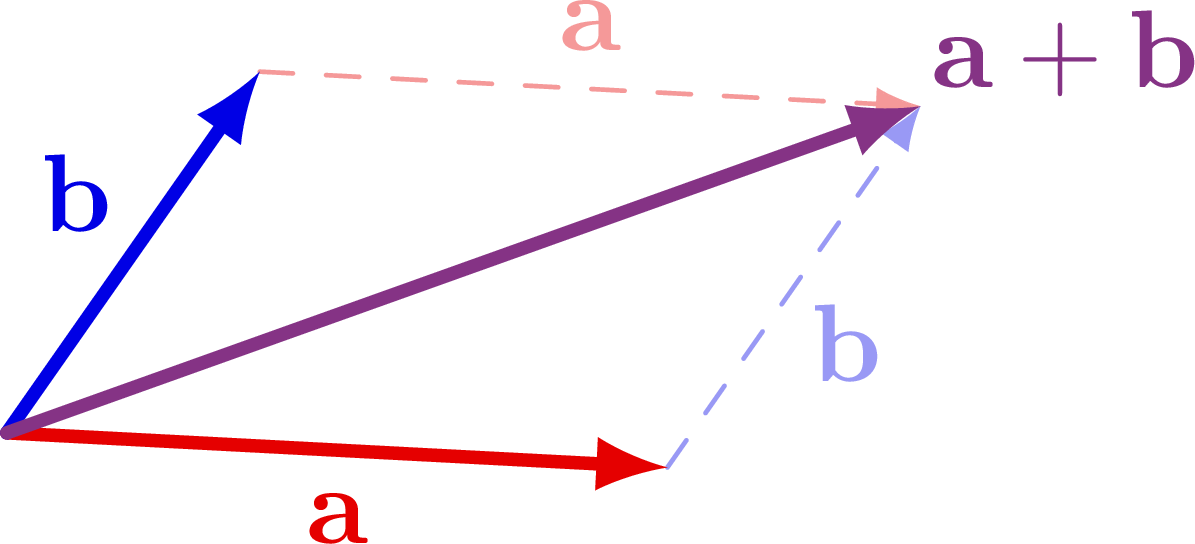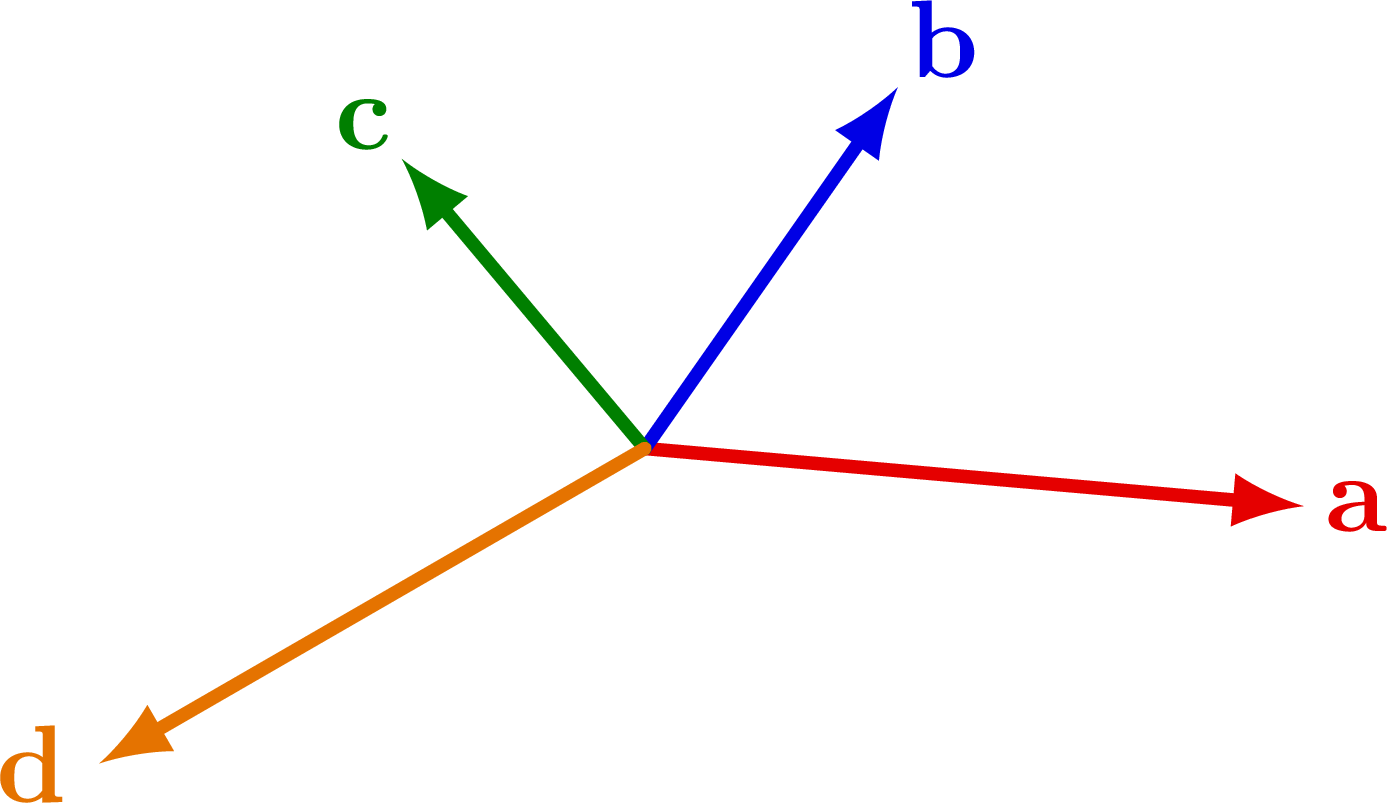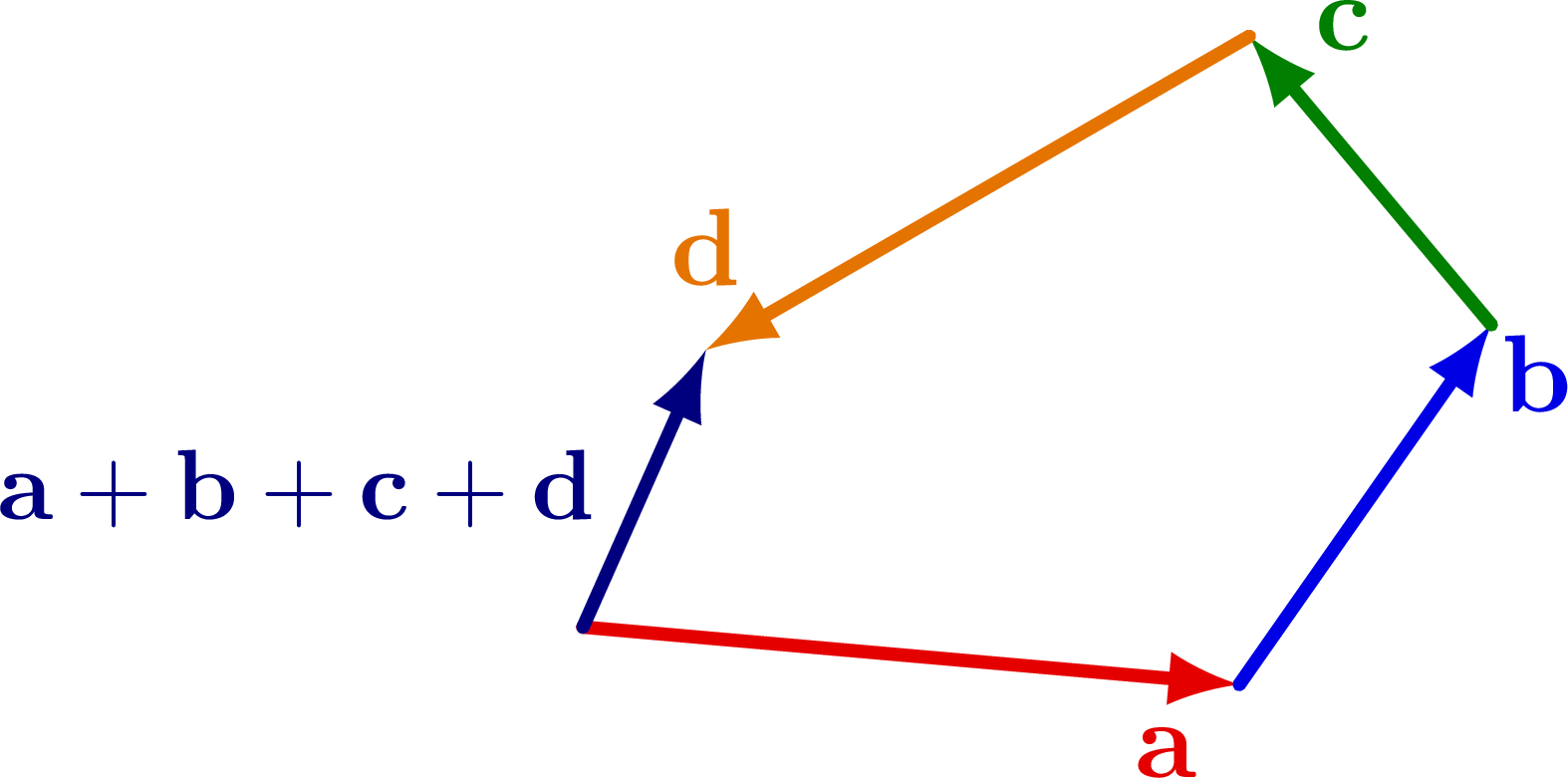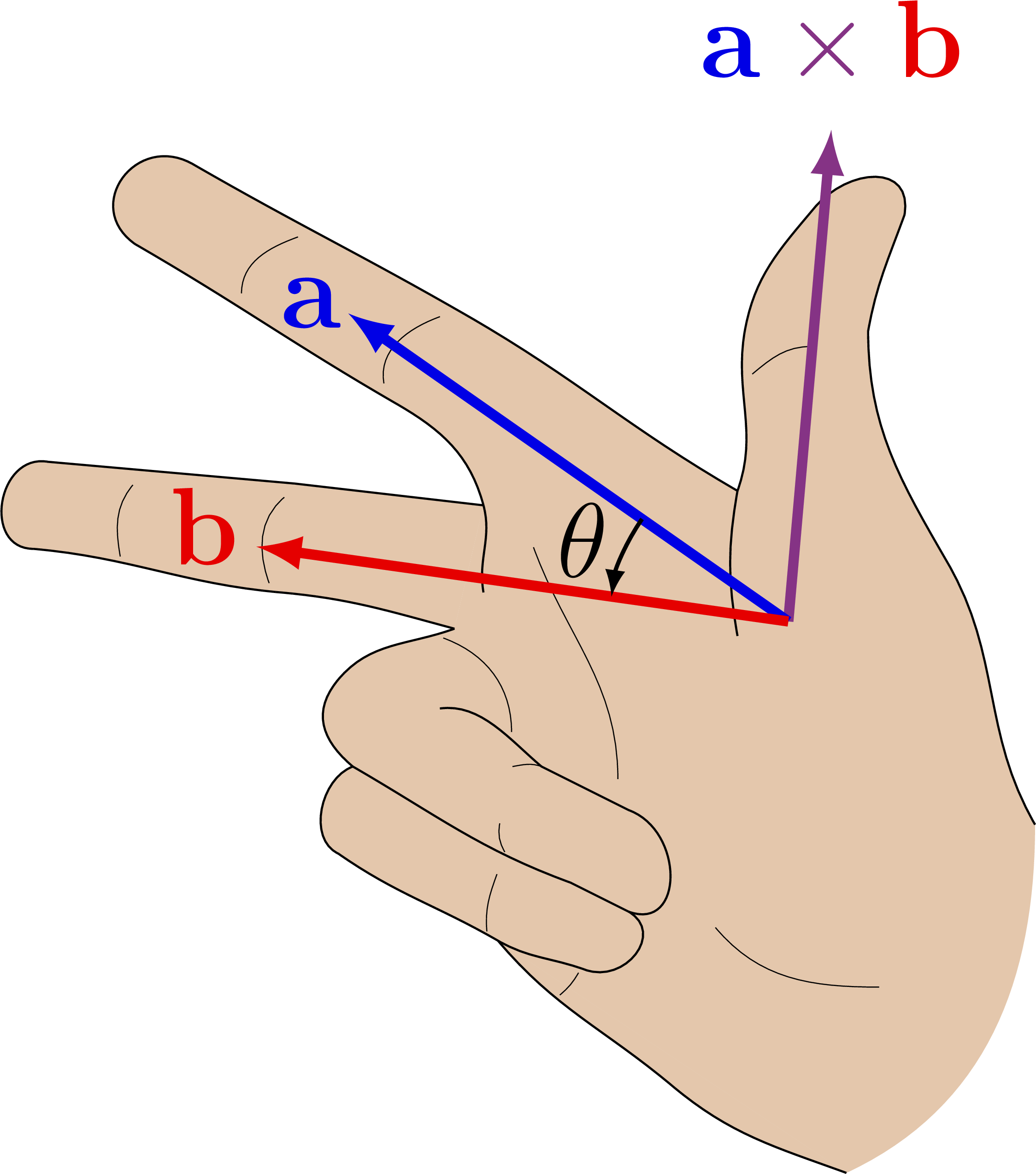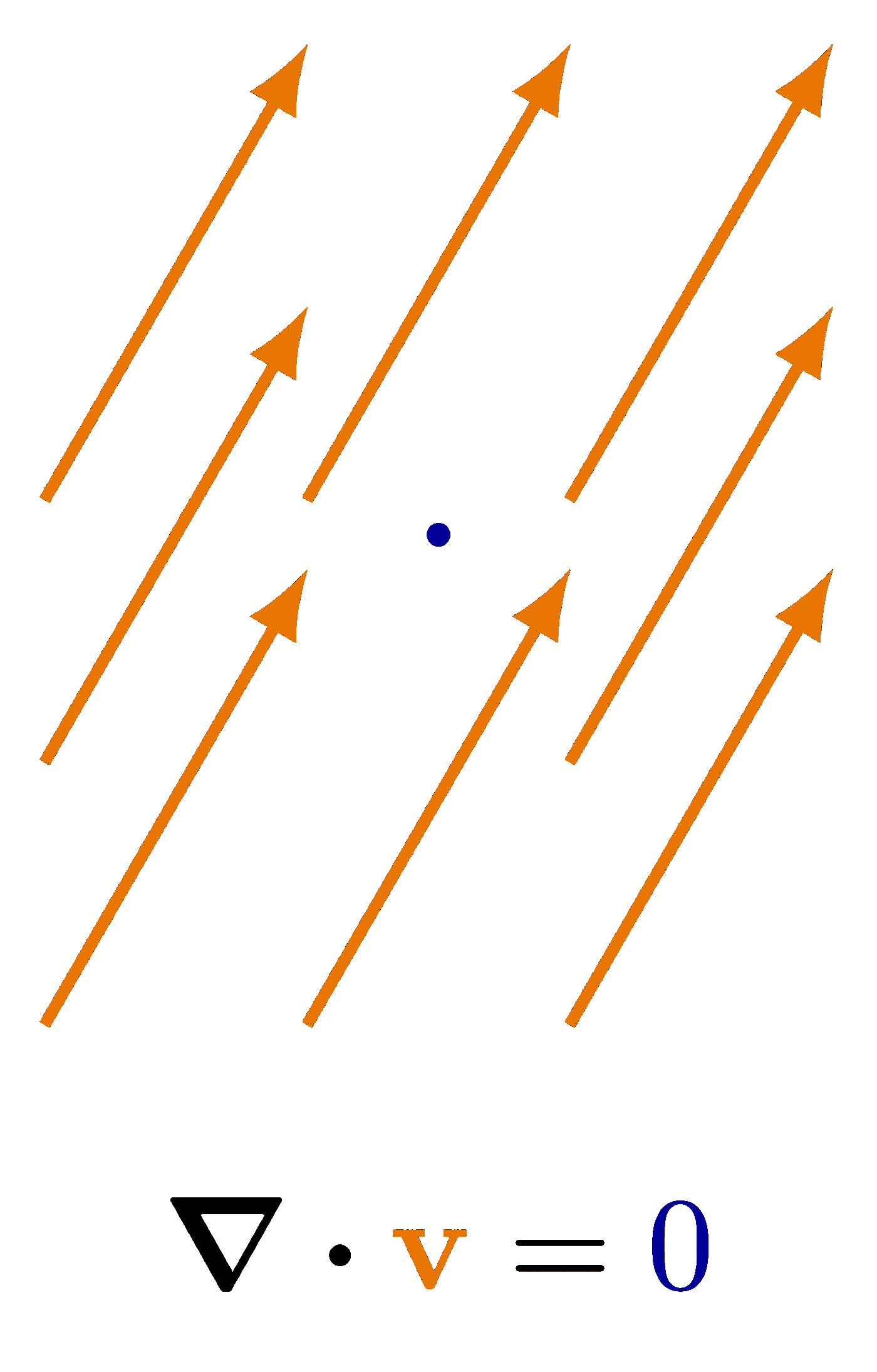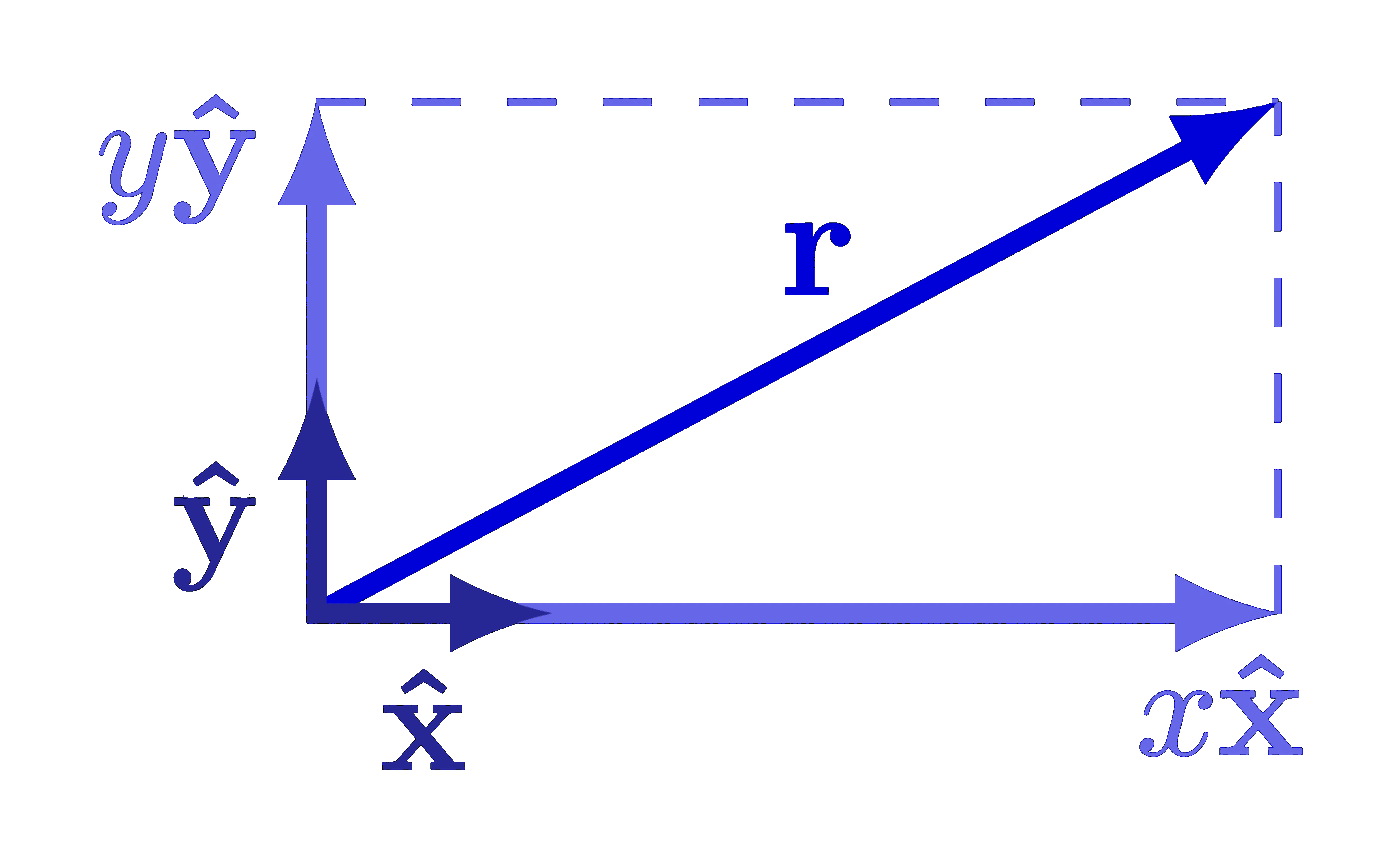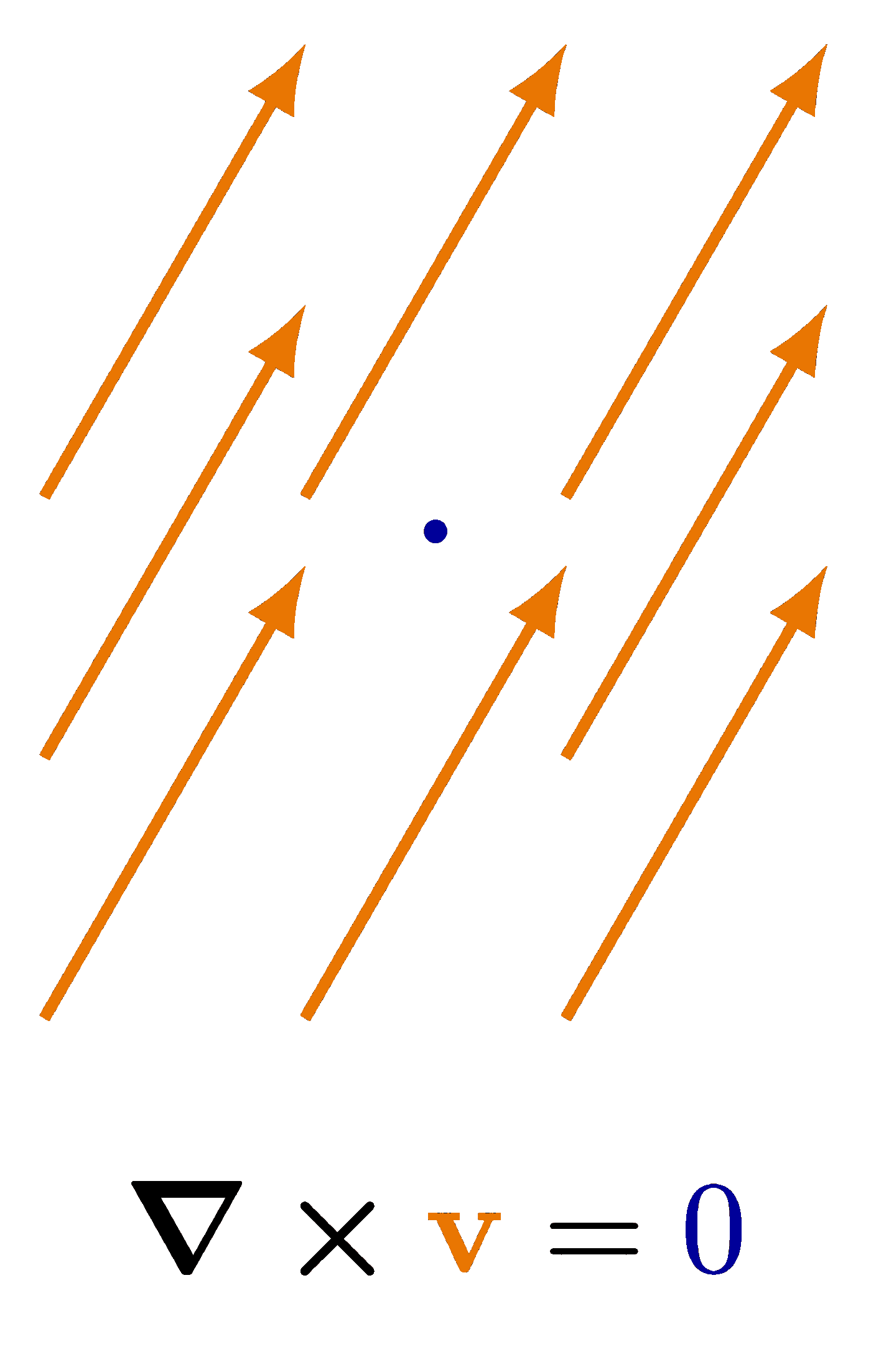Parallelogram (or Triangle) Law of addition of vectors.
Also see other figures under the “vectors” tag: the scalar product, right-hand rule, or the divergence and curl of vector fields.
Edit and compile if you like:
% Author: Izaak Neutelings (September 2020)\documentclass[border=3pt,tikz]{standalone}\usepackage{amsmath}\usepackage{tikz}\usepackage{physics}\usetikzlibrary{calc}\tikzset{>=latex} % for LaTeX arrow head\usepackage{xcolor}\colorlet{veccol}{green!45!black}\colorlet{myred}{red!90!black}\colorlet{myblue}{blue!90!black}\colorlet{mypurple}{blue!50!red!80!black!80}\tikzstyle{vector}=[->,very thick,veccol]\usetikzlibrary{arrows.meta}\tikzstyle{thin arrow}=[dashed,thin,-{Latex[length=4,width=3]}]\begin{document}% TWO VECTORS SUM\begin{tikzpicture}[line cap=round]\coordinate (O) at (0,0);\coordinate (A) at ( -3:2.1);\coordinate (B) at ( 55:1.4);\coordinate (A+B) at ($(A)+(B)$);\draw[vector,thin arrow,myred!40] (B) -- (A+B) node[midway,above] {$\vb{a}$};\draw[vector,thin arrow,myblue!40] (A) -- (A+B) node[midway,below right=-2] {$\vb{b}$};\draw[vector,myred] (O) -- (A) node[midway,below] {$\vb{a}$};\draw[vector,myblue] (O) -- (B) node[midway,above left=-2] {$\vb{b}$};\draw[vector,mypurple] (O) -- (A+B) node[above right=-3] {$\vb{a}+\vb{b}$};\end{tikzpicture}% VECTORS\begin{tikzpicture}[line cap=round]\coordinate (O) at (0,0);\coordinate (A) at ( -5:2.1);\coordinate (B) at ( 55:1.4);\coordinate (C) at (130:1.2);
Click to download: vector_sum.tex • vector_sum.pdf
Open in Overleaf: vector_sum.tex


